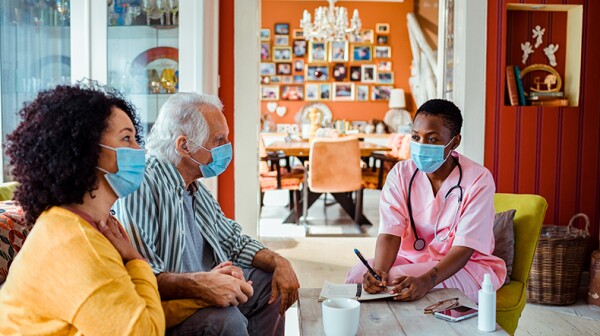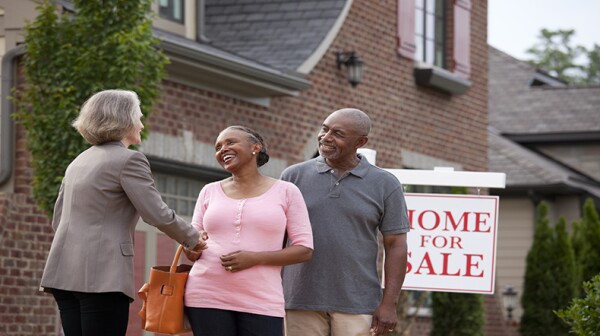AARP Eye Center
CLOSE ×
Search
Popular Searches
- right_container
- Health
- Money
- Work & Jobs
- Social Security
- Medicare
- Caregiving
- Games
- Travel
- More...
- Entertainment & Style
- Family & Relationships
- Personal Tech
- Home & Living
- Auto
- Staying Sharp
- Podcasts
- Videos
Long-term services and supports (LTSS), also known as long-term care, is a reality of life, touching almost everyone in some way. These services are often particularly essential for people with chronic health conditions or disabilities to manage daily activities and maintain their quality of life.…
Within a decade, the U.S. population will consist of more adults over 65 than children under 18. To prepare for rapid population aging, Age-friendly Community (AFC) programs across the country are helping towns, cities, counties, and states transform their communities into great places to grow up…
“If it wasn’t for SNAP, I don’t know what we would do.” – 61-year-old AARP survey participant
Multigenerational teams perform better, earn more, and provide more worker satisfaction. And it is precisely the business case needed by employers.
To support states both in dealing with the crisis in nursing homes and shaping the future of LTSS, the AARP Public Policy Institute (PPI) has created and released three tools this fall: the Nursing Home COVID-19 Dashboard, the LTSS State Scorecard, and the LTSS Choices series.
Nearly half of Americans ages 65+ have prediabetes, but most don't know it.
The pandemic has highlighted the importance of the essential workforce, including workers ages 50 and older
Professionals in housing and the built environment must step up post-COVID-19, to redesign and create housing and communities that enable residents and achieve equity.
Unveiled last week by AARP CEO Jo Ann Jenkins and REALTORS® CEO Bob Goldberg, the two organizations agreed to integrate AARP’s Livability Index: Great Neighborhoods for All Ages tool into the Realtors Property Resource® website and mobile app
Changes in labor force participation rates for women of all ages reflect their unique pandemic-related challenges.
To reduce health disparities, state public health departments and health care systems need to compile robust data.
In the time of COVID-19, flu vaccination rates among the 50+ remain stubbornly low.
AARP recently hosted public, private, and nonprofit professionals for a summit discussing ways to address disparities and inequality as we promote longer, healthier lives.
Search AARP Blogs
Recent Posts


































































